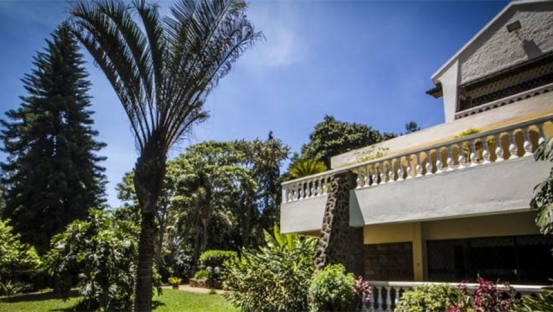×
The Standard e-Paper
Kenya’s Boldest Voice

The name Karen is synonymous with affluence, tranquility and security. The leafy Nairobi suburb is perhaps one of the most sought-after neighbourhoods. It is home to who is who in Kenya’s political and corporate world. The area is home to Deputy President William Ruto’s palatial residence.